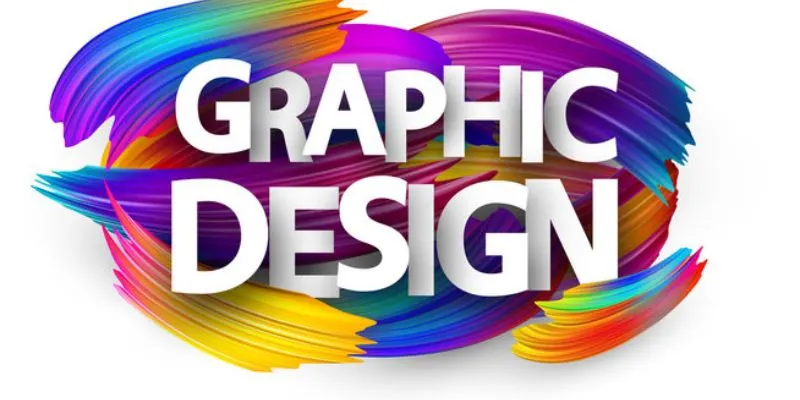
Users now expect websites and apps to be attractive, simple to use, and very practical. A well-designed interface not only captures attention but also keeps users engaged, encourages interaction, and strengthens overall user satisfaction. Graphical design plays a vital role in shaping user experience (UX) and user interface (UI), ensuring digital products stand out in a competitive market. For those looking to enhance their skills and create professional-grade interfaces, enrolling in a Graphic Design Course in Trichy at FITA Academy can provide hands-on training in design principles, UI/UX techniques, and practical tools.
1. Keep It Simple and Intuitive
Simplicity is a cornerstone of good design. Overloading your interface with too many elements, colors, or animations can overwhelm users and make navigation difficult. Focus on a clean layout that guides users naturally through the content.
How to implement it:
- Use white space effectively to separate sections.
- Prioritize essential features and hide secondary options in menus or dropdowns.
- Maintain consistency in icons, buttons, and fonts throughout the interface.
2. Use a Consistent Color Scheme
Color not only defines the visual appeal of your app or website but also affects usability and mood. A consistent color palette improves brand recognition and ensures users can quickly interpret elements.
Key considerations:
- Limit the number of primary colors to 2–3 and use complementary shades for accents.
- Ensure there is sufficient contrast between the text and the background to make it easy to read.
- Highlight call-to-action buttons or important notifications using colors strategically.
3. Prioritize Typography and Readability
Typography is often overlooked, but it’s critical for effective communication. Poor font choices or inconsistent text sizes can make an interface look unprofessional and reduce user engagement.
Best practices:
- Choose clear fonts that match your brand’s style.
- Maintain hierarchy with headings, subheadings, and body text sizes.
- Stick to 2–3 font styles across your interface for consistency.
4. Optimize Icons and Visual Elements
Icons, images, and illustrations enhance usability when used correctly. They can convey messages quickly and make navigation intuitive.
Implementation strategies:
- Use universally recognized icons for common actions like home, search, and settings.
- Optimize images and graphics for fast loading without losing quality.
- Maintain a consistent style for illustrations and icons to create a cohesive design.
5. Ensure Responsiveness
People use websites and apps on many types of devices, including desktops and smartphones. A responsive interface helps your design work well on any screen size, keeping it easy to use and attractive. Taking a UI UX Designer Course in Trichy can help you design interfaces that are both visually appealing and highly functional across all devices.
How to achieve it:
- Design flexible layouts that scale proportionally on all devices.
- Test interfaces on multiple screen sizes before launch.
- Avoid placing important content where it could be cropped or hidden on smaller screens.
6. Apply Visual Hierarchy
Visual hierarchy helps users understand the most important content at a glance. By emphasizing key elements, you can guide users toward actions you want them to take.
Ways to implement hierarchy:
- Use size, color, and placement to make headings, buttons, and CTAs stand out.
- Group related content together to reduce cognitive load.
- Make interactive elements obvious and easy to identify.
7. Test and Iterate
Even the best design ideas need real-world testing. Feedback and analytics provide valuable insights that help improve the interface over time.
Practical steps:
- Test usability with actual users to find problem areas.
- Analyze user behavior using heatmaps and click tracking tools.
- Continuously refine your design based on feedback to enhance UX.
Effective graphical design is key to creating web and app interfaces that are visually appealing, intuitive, and engaging. By applying principles like simplicity, consistency, responsiveness, and visual hierarchy, designers can significantly enhance user experience. To gain hands-on skills and advance your career, enrolling in a UI UX Designer Course in Salem can help you master UI/UX techniques, design tools, and best practices for professional-grade digital interfaces.
